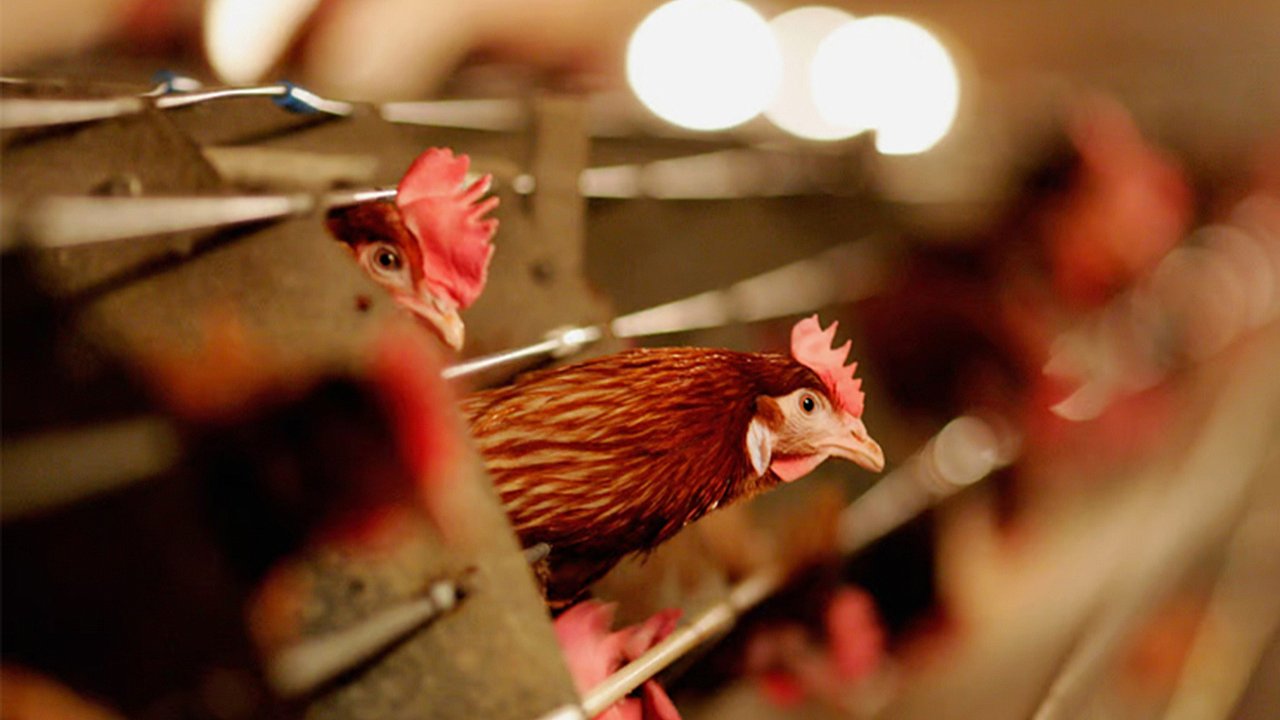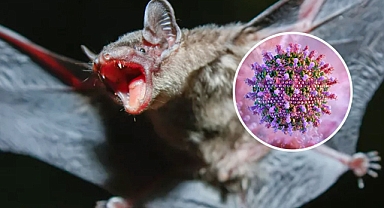This discovery coincided with the detection of the more prevalent H5N1 strain on the same farm, resulting in the culling of nearly 119,000 birds since early December.“This marks the first confirmed case of highly pathogenic avian influenza (HPAI) H5N9 in poultry within the United States,” the U.S. Department of Agriculture (USDA) reported to WOAH.The USDA’s Animal and Plant Health Inspection Service (APHIS), along with state and wildlife officials, has launched comprehensive investigations and enhanced surveillance efforts in response to these outbreaks.HPAI remains a growing concern for epidemiologists worldwide. While H5N9 is listed as a subtype of avian influenza by the U.S. National Library of Medicine, its potential to infect humans and spark a pandemic remains uncertain. “It is imperative to assess the risk of emergence of this novel reassortant virus with potential transmissibility to public health,” the organization warns.Avian Flu’s Global Spread and Economic Impact
Avian flu continues to ravage poultry worldwide, leading to the culling of hundreds of millions of birds. H5N1, in particular, has spread across dozens of mammal species, including dairy cows in the United States, and claimed the life of a person in Louisiana earlier this year.Over the past 30 days, the USDA reported that H5N1 has affected more than 13 million birds across all 50 states. Since the outbreak began in 2022, the virus has infected or killed 136 million birds, significantly impacting poultry supply chains.These outbreaks have driven egg prices to record highs. The U.S. Bureau of Labor Statistics reported that the average price for a dozen Grade A eggs jumped from just over $2 in September 2023 to $4.16 in December 2024.Rising Concerns for Mammals and Domestic Cats
In addition to poultry, bird flu is increasingly spreading to other animals. A recent outbreak at a Long Island duck farm led to the destruction of a 100,000-bird flock, marking another devastating blow to the industry.Meanwhile, more than 900 U.S. dairy herds have reported infections, and 67 human cases of bird flu have been confirmed. Authorities are particularly concerned about domestic cats, which have shown susceptibility to H5N1.A 2023 study in the journal Emerging Microbes and Infections highlighted mutations in cat H5N1 genomes that suggest potential adaptation of the virus. Researchers warn that cats could act as “mixing vessels” for avian and mammalian flu strains, possibly facilitating cross-species transmission.The Centers for Disease Control and Prevention (CDC) maintains that the public health risk remains low but is closely monitoring the situation. “We are working with states to monitor people exposed to infected animals,” the CDC stated.
Avian flu continues to ravage poultry worldwide, leading to the culling of hundreds of millions of birds. H5N1, in particular, has spread across dozens of mammal species, including dairy cows in the United States, and claimed the life of a person in Louisiana earlier this year.Over the past 30 days, the USDA reported that H5N1 has affected more than 13 million birds across all 50 states. Since the outbreak began in 2022, the virus has infected or killed 136 million birds, significantly impacting poultry supply chains.These outbreaks have driven egg prices to record highs. The U.S. Bureau of Labor Statistics reported that the average price for a dozen Grade A eggs jumped from just over $2 in September 2023 to $4.16 in December 2024.Rising Concerns for Mammals and Domestic Cats
In addition to poultry, bird flu is increasingly spreading to other animals. A recent outbreak at a Long Island duck farm led to the destruction of a 100,000-bird flock, marking another devastating blow to the industry.Meanwhile, more than 900 U.S. dairy herds have reported infections, and 67 human cases of bird flu have been confirmed. Authorities are particularly concerned about domestic cats, which have shown susceptibility to H5N1.A 2023 study in the journal Emerging Microbes and Infections highlighted mutations in cat H5N1 genomes that suggest potential adaptation of the virus. Researchers warn that cats could act as “mixing vessels” for avian and mammalian flu strains, possibly facilitating cross-species transmission.The Centers for Disease Control and Prevention (CDC) maintains that the public health risk remains low but is closely monitoring the situation. “We are working with states to monitor people exposed to infected animals,” the CDC stated.







